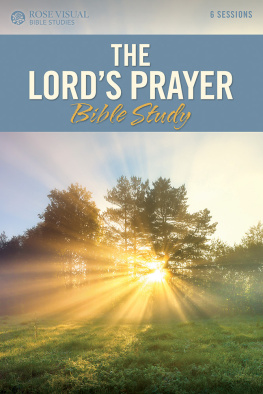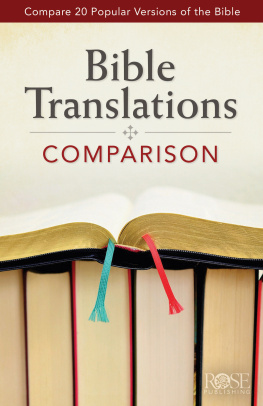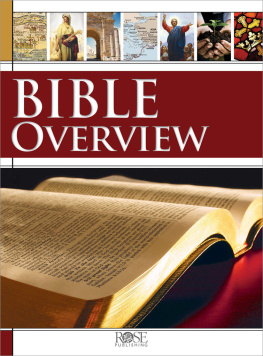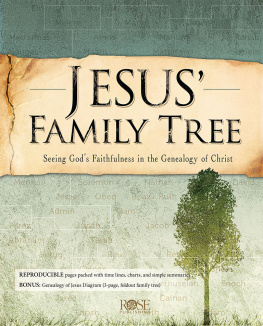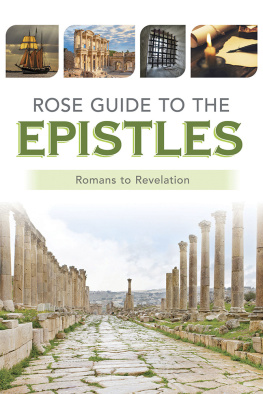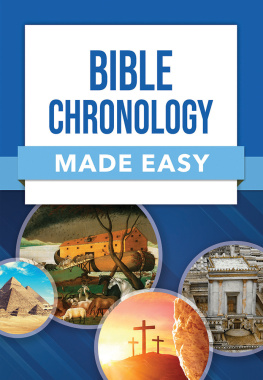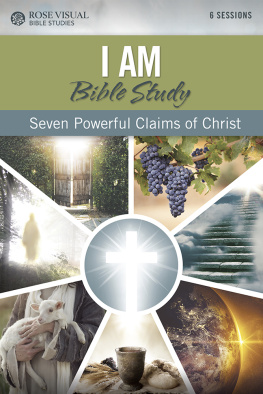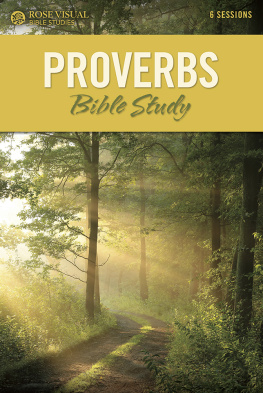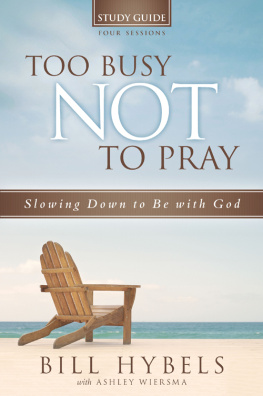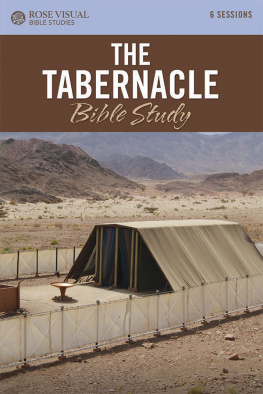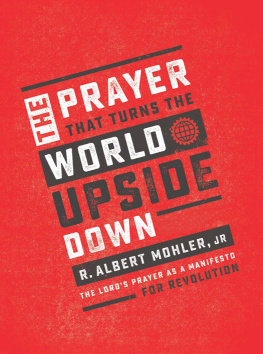The Lords Prayer
Rose Visual Bible Studies
2021 Rose Publishing
Published by Rose Publishing
An imprint of Tyndale House Ministries
Carol Streams, Illinois
www.hendricksonrose.com
ISBN 978-162862-966-8
All rights reserved. No part of this work may be reproduced or transmitted in any form or by any means, electronic or mechanical, including photocopying, recording, or by any information storage and retrieval system, without permission in writing from the publisher.
Author: Titus OBryant, ThM, Teaching Pastor, Grace Fellowship Church
Scriptures taken from the Holy Bible, New International Version, NIV. Copyright 1973, 1978, 1984, 2011 by Biblica, Inc. Used by permission of Zondervan. All rights reserved worldwide. www.zondervan.com The NIV and New International Version are trademarks registered in the United States Patent and Trademark Office by Biblica, Inc.
Images used under license from Shutterstock.com: yanikap, cover, p. 5; Chat Karen Studio, p. 3, 7, 8, 95; KonstantinChristian, p. 3, 9; James Steidl, p. 11; Tata Donets, p. 15; Love You Stock, p. 21; Roman Mikhailiuk, p. 3, 25; Andriy Blokhin, p. 26, 37, 38; tomertu, p. 27; Kosim Shukurov, p. 36; Korneevskiy, p. 3, 39; Dream Perfection, p. 40, 50; apiguide, p. 41, 55; Liz Glasco, p. 45; Wirestock Creators, p. 3, 51; mihalec, p. 52, 64; Gino Santa Maria, p. 53; belu gheorghe, p. 56; Still AB, p. 62; Pop Tika, p. 3, 65; Jacob_09, p. 66, 77, 78; Dragana Gordic, p. 67; DimaBerlin, p. 3, 79; seabreezeesky, p. 80, 94; Kumpanat Phewphong, p. 81; Okrip, p. 87; Freedom Studio, p. 88, 92; P Maxwell Photography, p. 96, 106, 107, 109, 110; amenic181, p. 99; Keep Smiling Photography, p 101; Happy Art, icons: book, lightbulb, compass, plant.
The Lords Prayer by James Tissot (1894), p. 10; St. Ignatius of Loyola by an unknown artist (16th century), p. 43; The Accursed Fig Tree by James Tissot (1894), p. 70; The Temptation of Christ by Ary Scheffer (1854), p. 85.
Build: 2021-08-18 14:36:41 EPUB 3.0
This, then, is how you should pray
Matthew 6:9
The Lords Prayer
Pine processionary caterpillars are fascinating little creatures. They trail after one another in long lines, head following tail, looking something like a very long snake.
The nineteenth-century French naturalist and botanist, Jean-Henri Fabre, took an interest in these little creatures and conducted an experiment. He placed the caterpillars onto a line he created around the rim of potted palm plant and then watched to see what would happen. As one might suspect, they formed a line and marched in an endless circle around the rim of the pot. Fabre tried to draw them away from their circle. He put pine needles (which they like to eat) on the ground, but for seven days the caterpillars still just followed one another in their endless march.
Finally, on the eighth day, one caterpillar struck off across the inside of the pot and climbed to the top of the palm plant, but then he went back down and around the edge of the pot again. A little while later, another led the group down the outside of the pot and then turned around to come back up to the rim and continue the circle. Eventually, one intrepid caterpillar made it all the way to the ground and the rest followed as they found their way back home in the pine trees.
Now what are we to learn from Fabre and his unusual experiment? (Well, besides the obvious fact that nineteenth-century French botanists are cruel and likely to perform strange experiments with caterpillars.) If theres any kind of lesson to take from the similarities between humans and caterpillars, it just might be that change is hard. Most of us find security in predictability. Even when that predictability leads to endless circles that wed like to escape, it can still be difficult to break our harmful patterns.
Jesus came into our world bringing change. He changes everything: our relationship with God, our view of the world, our carefully constructed priorities, and our understanding of ourselves. His teachings were a radical departure from everything that came beforethe way he talked about God as our Father, about forgiveness, about our relationships with one another and about how we pray .
Each of the six sessions in this study will focus on one particular phrase from the Lords Prayer in Matthew 6:913, combined with a passage from Jesus experiences and teachings from the Gospels. Along with questions to guide your study, you will also find optional Bible readings that can contribute to your prayer life, as well as prayer exercises to build your relationship with God. Just as Jesus challenged his first disciples, every line in the Lords Prayer challenges us today to set aside our predictable notions of God and our harmful habits that give us a false sense of security, and instead to turn our gaze upward in prayer to our Father in heaven.
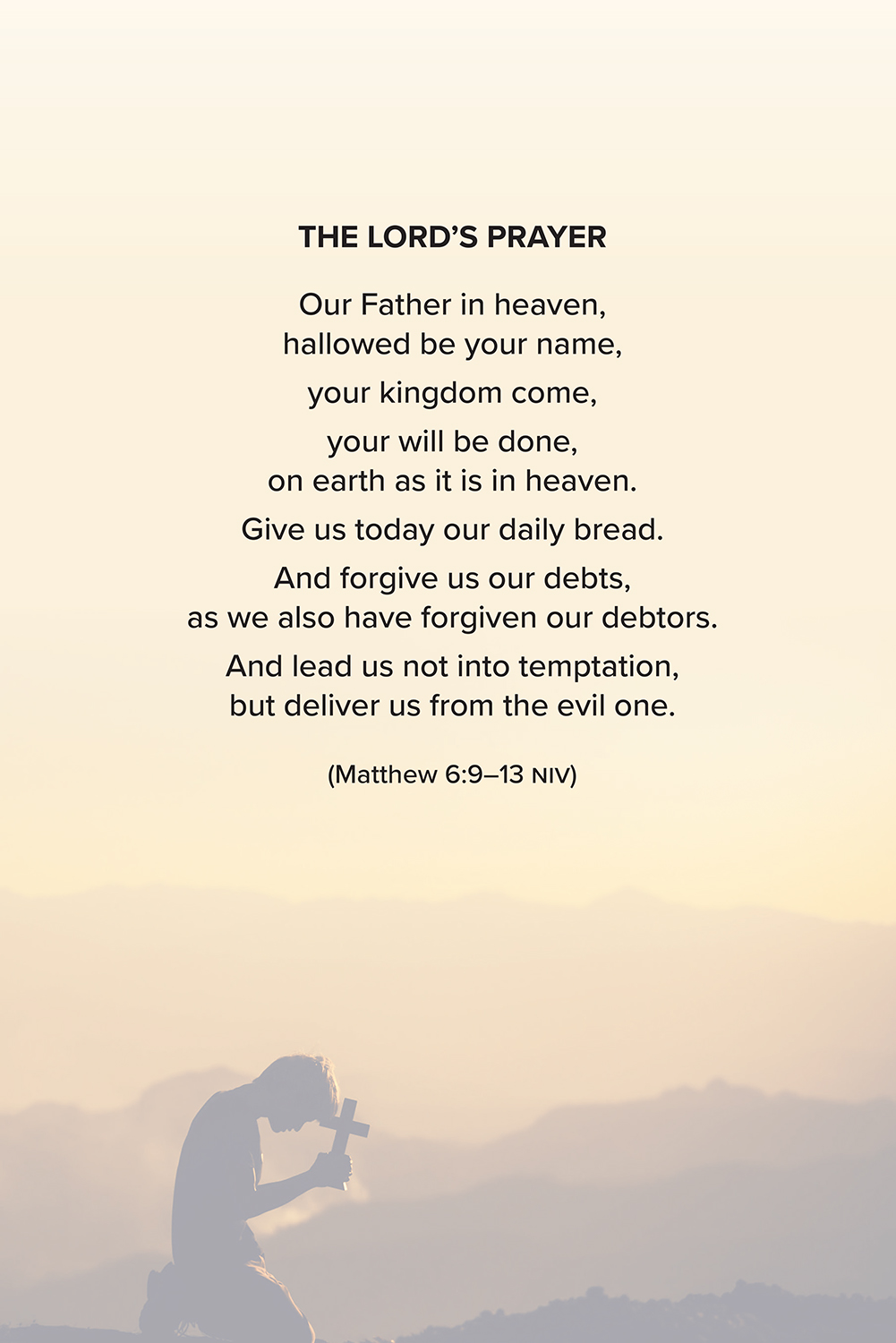
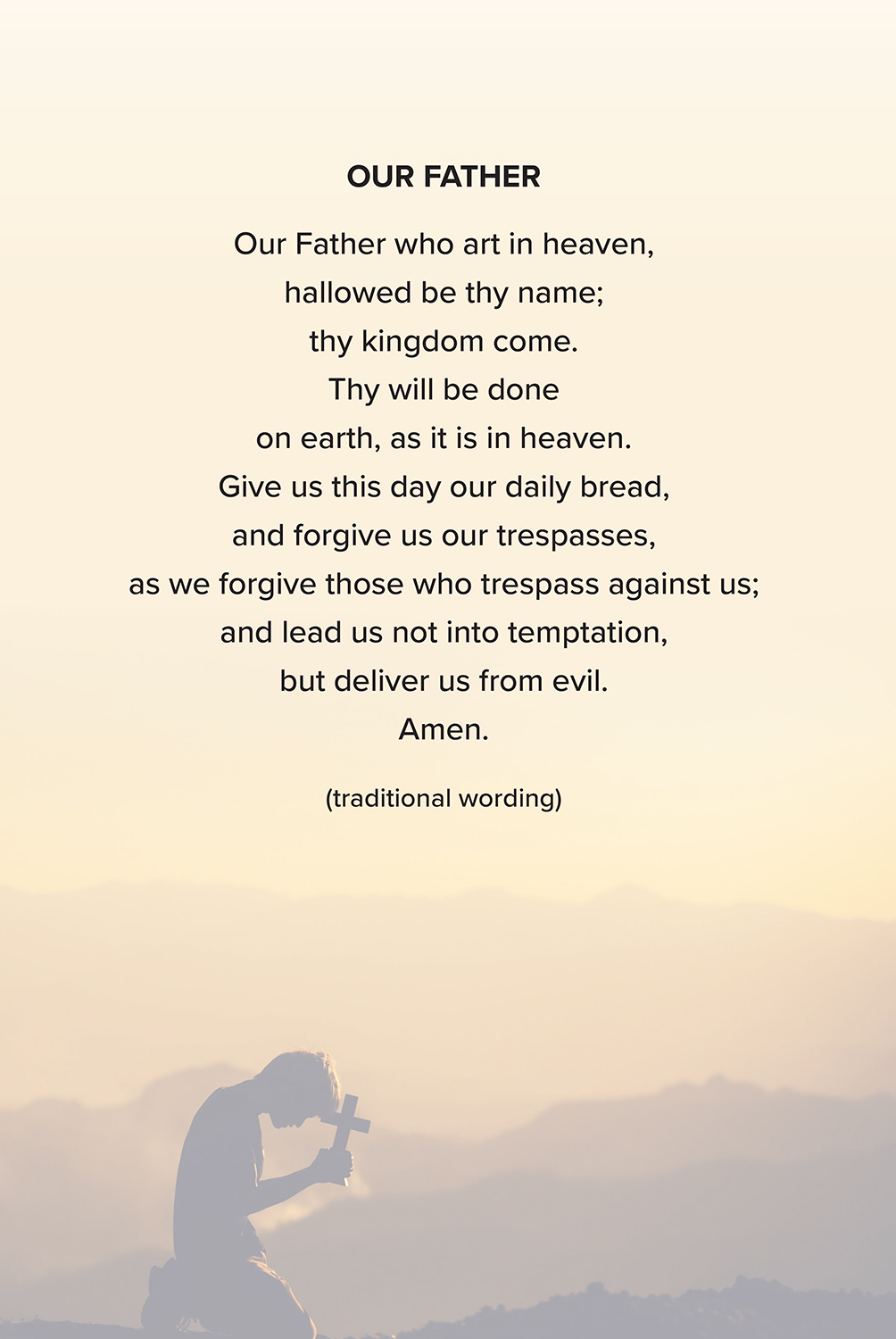
Our Father in Heaven
Hallowed Be Your Name
What is prayer? How does it work? Why should we pray? Is God moved to take decisive action that alters our reality because of prayer, or as the sovereign, all-knowing Lord, doesnt he already know exactly what the future holds? These questions tug at the edges of our imagination as we talk with God in prayer and study about prayer in the Bible.
While some element of mystery will always exist around prayer, we know that God has chosen to work through prayer to change us and to change our world. There is no question that prayer establishes a relational link between us and God, and that God works through that connection to re-order and re-organize our life just as he also changes the world in which we live.
Jesus taught his followers how to pray by giving them a model prayer recorded in Matthew 6:913. This prayer has been called the Lords Prayer and it is far more than mere words we repeat. It provides a pattern to follow as we form our own personal prayers to God. Think of this prayer like a photographer creating a collection of portraits by zooming in, zooming out, then zooming back in on his subject. Our model prayer begins with a singular focus on God himself; then zooms out to Gods plan and work in his world; and then zooms back in to specific needs we experience and our petitions for his help.
Key Bible Passage
For this session, read the Lords Prayer in Matthew 6:913.
Also read Jesus prayer in John 17:2026, along with his teaching in John 16:515.
Optional Reading
Observe how the disciples Peter and John (who were taught how to pray by Jesus) prayed when they experienced persecution in Acts 4:2331.
- Why might the Lords Prayer begin with a request concerning God himself: Hallowed be your name?
- In John 17:2026, who is Jesus praying for and what are his specific requests?
- From John 16:515, why would Jesus say that its better for the disciples if he goes away and sends the Holy Spirit?

